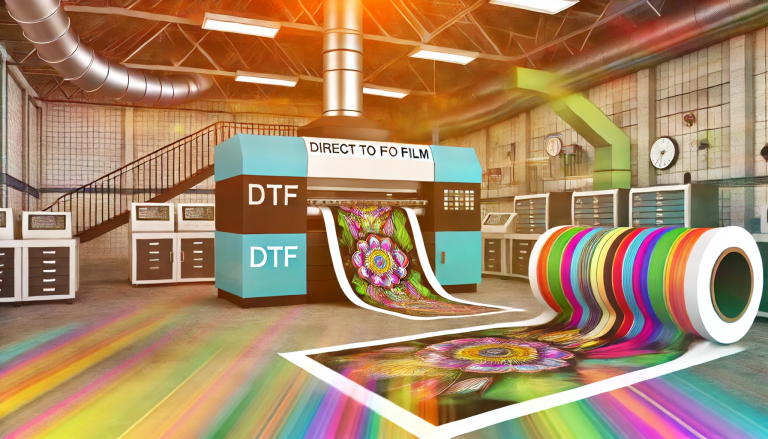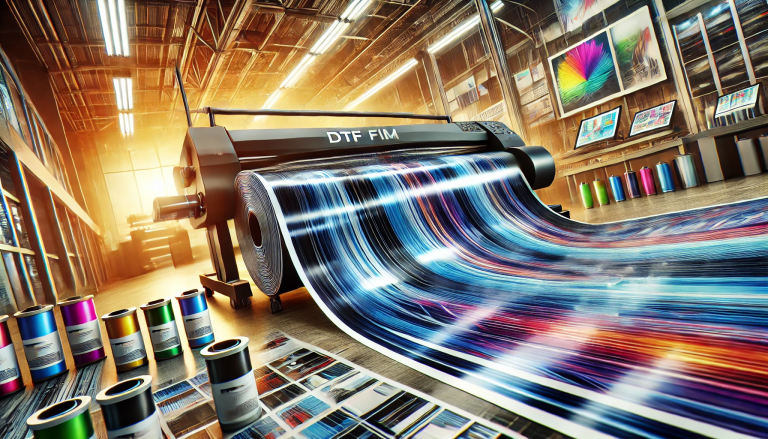“DTG vs. DTF: Which Transfer Lasts Longer?” -MAXDTF- PET Transfer Film Factory, DTF Digital Transfer Sticker Manufacturer, Made in China
Introduction
The longevity of a transfer is an important factor to consider when choosing a printing method. Direct to Garment (DTG) and Direct to Film (DTF) are two popular printing methods, but they differ in terms of transfer longevity. In this article, we will discuss the differences between DTG and DTF transfer longevity and how to choose the right method for your project.
A Comprehensive Guide to DTG and DTF Transfer Longevity: What You Need to Know
When it comes to transferring designs onto fabric, there are two main methods: direct-to-garment (DTG) and direct-to-fabric (DTF) printing. Both of these methods have their advantages and disadvantages, but one of the most important considerations is the longevity of the transfer. How long will the design last before it starts to fade or crack?
In this guide, we’ll discuss the factors that affect the longevity of DTG and DTF transfers, as well as the best practices for ensuring that your designs last as long as possible.
What Affects the Longevity of DTG and DTF Transfers?
The longevity of DTG and DTF transfers is affected by a number of factors, including the type of fabric, the type of ink used, and the care instructions given to the wearer.
Fabric Type: Different fabrics have different levels of durability and react differently to the inks used in DTG and DTF printing. Natural fabrics such as cotton and linen tend to be more durable than synthetic fabrics such as polyester and nylon.
Ink Type: The type of ink used in DTG and DTF printing can also affect the longevity of the transfer. Water-based inks tend to be more durable than solvent-based inks, but they can also be more expensive.
Care Instructions: The care instructions given to the wearer can also affect the longevity of the transfer. If the wearer follows the instructions carefully, the transfer should last longer.
Best Practices for Ensuring Longevity
To ensure that your DTG and DTF transfers last as long as possible, there are a few best practices that you should follow:
Choose the Right Fabric: When selecting a fabric for your transfer, make sure to choose one that is durable and compatible with the type of ink you are using.
Use Quality Inks: Make sure to use high-quality inks that are designed for the type of fabric you are using.
Provide Care Instructions: Provide clear care instructions to the wearer, such as washing the garment inside out and avoiding bleach and other harsh chemicals.
Test the Transfer: Before printing a large batch of transfers, make sure to test the transfer on a small piece of fabric to make sure it will last.
By following these best practices, you can ensure that your DTG and DTF transfers will last as long as possible.
How to Choose the Right Transfer Method for Your Design: DTG vs. DTF
When it comes to transferring a design onto a garment, there are two main methods to choose from: Direct to Garment (DTG) and Direct to Film (DTF). Both methods have their own advantages and disadvantages, so it is important to understand the differences between them in order to choose the right transfer method for your design.
Direct to Garment (DTG) printing is a digital printing process that uses inkjet technology to print directly onto the fabric of a garment. This method is ideal for designs with a lot of detail, as it can produce high-quality, full-color prints with a wide range of colors. DTG printing is also relatively fast and cost-effective, making it a great choice for short-run orders. However, DTG prints are not as durable as other transfer methods, and the prints may fade over time.
Direct to Film (DTF) printing is a heat transfer process that uses a special film to transfer a design onto a garment. This method is ideal for designs with fewer colors, as it can produce sharp, vibrant prints with a limited color palette. DTF printing is also more durable than DTG printing, as the prints will not fade over time. However, DTF printing is more expensive and time-consuming than DTG printing, making it a better choice for larger orders.
When choosing the right transfer method for your design, it is important to consider the type of design you are creating, the number of colors in the design, and the size of the order. DTG printing is best for designs with a lot of detail and color, while DTF printing is best for designs with fewer colors and larger orders. Ultimately, the right transfer method for your design will depend on your specific needs and budget.
Exploring the Pros and Cons of DTG and DTF Transfer Longevity
Digital transfer printing is a popular method of printing images onto fabric, and there are two main types of digital transfer printing: direct-to-garment (DTG) and direct-to-fabric (DTF). Both methods have their advantages and disadvantages when it comes to the longevity of the printed image.
The main advantage of DTG printing is that it produces a high-quality image with vibrant colors that can last for a long time. The ink is printed directly onto the fabric, which means that it is more resistant to fading and wear than other printing methods. Additionally, DTG printing is a relatively quick process, which makes it ideal for short-run orders.
The main disadvantage of DTG printing is that it is more expensive than other printing methods. Additionally, the ink used in DTG printing is not as durable as other inks, so it may fade or wear over time.
DTF printing is a more cost-effective option than DTG printing, and it produces a durable image that can last for a long time. The ink is printed onto a transfer paper, which is then heat-pressed onto the fabric. This method produces a vibrant image that is resistant to fading and wear.
The main disadvantage of DTF printing is that it is a slower process than DTG printing. Additionally, the image may not be as vibrant as DTG printing, and the transfer paper may leave a residue on the fabric.
In conclusion, both DTG and DTF printing have their advantages and disadvantages when it comes to the longevity of the printed image. DTG printing produces a high-quality image with vibrant colors that can last for a long time, but it is more expensive than other printing methods. DTF printing is a more cost-effective option, and it produces a durable image that can last for a long time, but it is a slower process than DTG printing.
Conclusion
The difference between DTG and DTF transfer longevity is clear. DTG transfers are more durable and last longer than DTF transfers, making them the preferred choice for apparel decoration. DTG transfers are also more cost-effective and require less setup time than DTF transfers. Ultimately, the choice between DTG and DTF transfers depends on the needs of the customer and the type of apparel being decorated.




